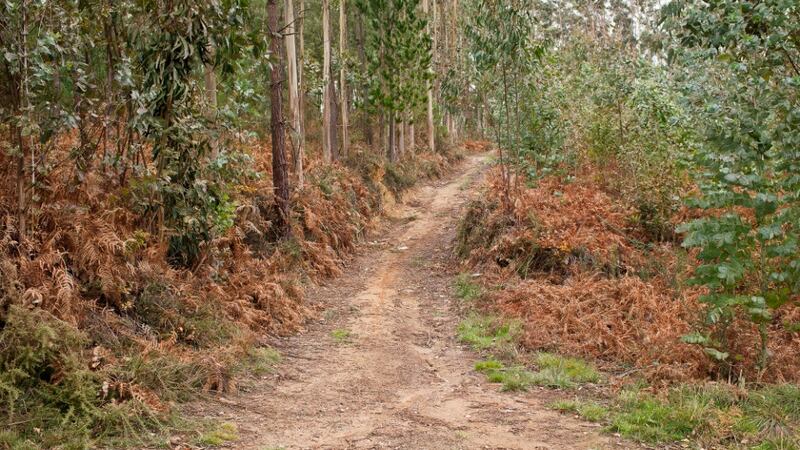As an option for the independent traveller, walking the Camino de Santiago has exploded in popularity in the last decade. Last year the path spilled a quarter of a million pilgrims onto the plaza before the cathedral in Santiago. As a way to find peace and solitude, it may be starting to lose its lustre.
In this week’s Travel show podcast, Sinead O’Shea talks with two people who have undertaken the trek. “The first time I did it was three years ago, it was after I had worked in a company for 9 years” says Paul McKeagney, who founded his marketing company Rathúla after forming a business plan on the Camino. “My father had just passed away, and for me it bookended a certain phase in my life and the start of another one”.
He set out alone, but did not find solitude. “I started by myself, but you’re never by yourself” he says. Photographer Paul Gaffney, who has walked not only the most well known of the Camino’s constituent paths, The French Way, but also the rugged Camino del Norte and the meandering Portuguese Way, agrees. But here is a difference, he says, in the way people relate on the Camino.

“There’s a lot of sharing of experience along the way, sharing of life experience” he says. “Because you’re in a different environment, it feels quite separate from your day to day reality, and I think people open up quite a bit to each other, in ways that I guess encourage people to share, and maybe to reflect differently”.
Sounds good, but what if your fellow pilgrim is opening up a bit too much? Paul McKeagney had his own simple coping tactics. “It’s so easy to meet people, you can walk with anybody, and if they start annoying you, you can drop them off and walk with somebody else.”
Pilgrims commonly sleep in dormitories, often with dozens of their fellow ‘pellegrinos’ providing "an orchestra of snores". Such close quarters do not appeal to all, nor do the exertions required: most walking pilgrims cover between 15 and 30 kilometres a day, carrying everything they need on their backs. But both Gaffney and McKeagney emphasise the positives won by undertaking them.
“In normal life, I’m usually running around doing about 50 things each day. It was a great change and a great experience to have nothing to do but just walk” says McKeagney. Gaffney agrees: “When you start to strip away all the things that are preoccupying you in your everyday life, you start to see how your mind works”.
To listen to the dicussion,log on to the show’s Soundcloud page or subscribe for free via iTunes.







